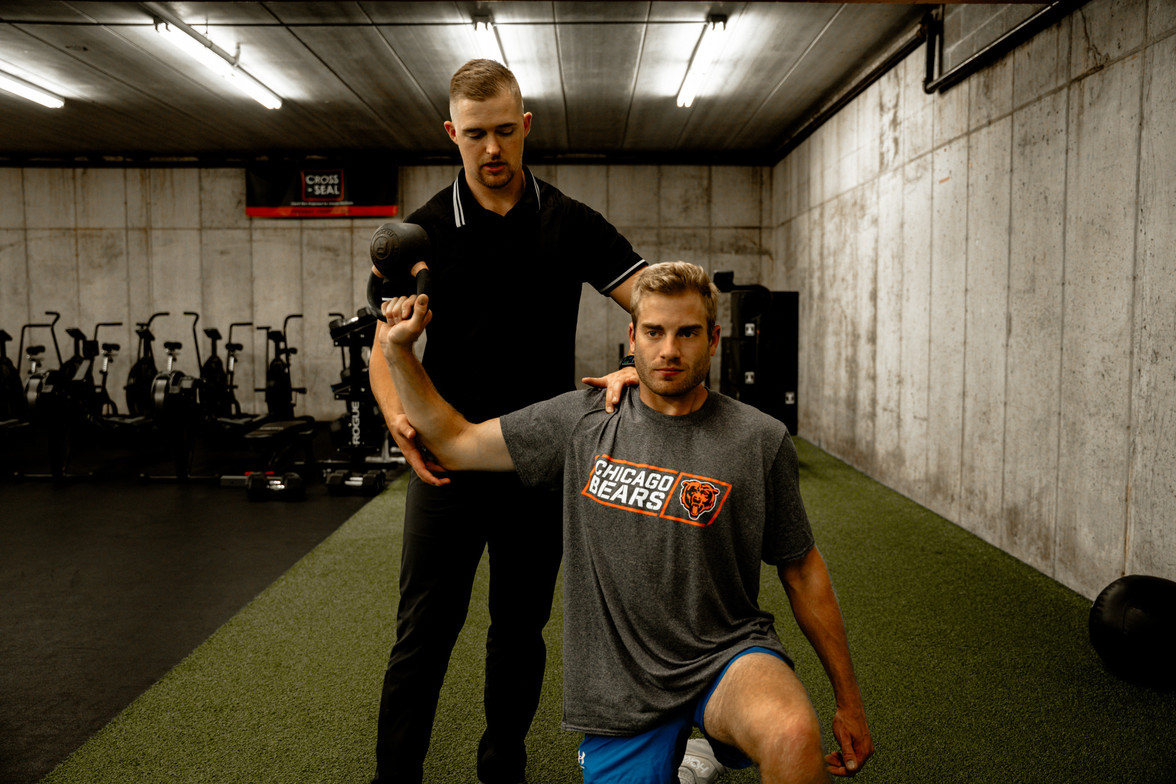
When the sports season kicks off, athletes are often focused on one primary goal: performance. The intense training, practice schedules, and game-day demands can push their bodies to the limit. While rigorous practice and strategic gameplay are crucial, there’s another element that can make or break an athlete’s season: routine treatment during season.
The Role of Chiropractic Care in Athletic Performance
1. Enhancing Performance and Preventing Injuries
Chiropractors specialize in the maintaining adequacy of the musculoskeletal system, which includes the spine, joints, and muscles. Proper harmony between them is crucial for optimal performance. Restrictions in the spine can lead to reduced range of motion, increased strain in areas, and increased risk of injury. Routine chiropractic adjustments and soft tissue therapy help ensure that the body’s biomechanics are functioning smoothly, enabling athletes to perform at their best.
2. Managing Pain
Athletes are no strangers to pain. Whether it's from a hard tackle, a sudden sprint, or an overuse injury, managing pain is a constant challenge. Chiropractic care can provide relief by addressing the root cause of discomfort rather than merely masking symptoms. Adjustments and other therapeutic techniques can reduce inflammation, alleviate muscle tension, and promote faster recovery.
3. Enhancing Flexibility and Mobility
Flexibility and mobility are essential for peak athletic performance. Chiropractors often incorporate stretching and strengthening exercises into their care plans, helping athletes maintain flexibility and prevent stiffness.
The Importance of Rehabilitation
1. Accelerating Recovery
Even with the best preventive care, injuries can occur. Rehabilitation is crucial for a speedy and effective recovery. Rehab programs often include a combination of exercises designed to strengthen the injured area, improve range of motion, and restore function. Chiropractors and rehab specialists work together to tailor recovery plans that address specific needs, ensuring athletes return to their sport stronger and more resilient.
2. Correcting Compensation Strategies
Rehabilitation isn’t just about recovering from injuries—it’s also about correcting muscle imbalances and compensation. Over time, repetitive movements can lead to imbalances that affect performance and increase injury risk. Rehab programs can help correct these before they become a concern.
3. Supporting Long-Term Health
A well-structured rehab program doesn’t just address immediate concerns; it also supports long-term health. By focusing on building a strong, balanced, and flexible body, athletes can minimize the risk of future injuries and sustain high levels of performance throughout their careers. This proactive approach is essential for maintaining peak condition over the long haul.
Integrating Chiropractic Care and Rehab into the Routine
1. Regular Check-Ups
Routine chiropractic visits should be integrated into an athlete’s regular schedule, even during the season. These check-ups help monitor the body’s condition and make necessary adjustments before minor issues become major problems.
2. Collaboration with Other Healthcare Providers
Chiropractors often work in tandem with other healthcare professionals, such as physical therapists, nutritionists, and sports medicine doctors. This collaborative approach ensures that all aspects of an athlete’s health are addressed, from biomechanics to nutrition.
3. Education and Self-Care
Chiropractors and rehab specialists also play a crucial role in educating athletes about self-care practices. Empowering athletes with knowledge helps them take an active role in their own health and performance.
Conclusion
For in-season athletes, routine chiropractic care and rehabilitation are not just supplementary; they are integral to maintaining peak performance and overall health. By ensuring proper joint mechanics, managing pain, and addressing injuries with effective rehab strategies, athletes can maximize their potential and sustain their performance throughout the season. Investing in these aspects of care not only supports immediate goals but also contributes to long-term success and well-being.
Dr. Cameron Johnson
Contact Me


